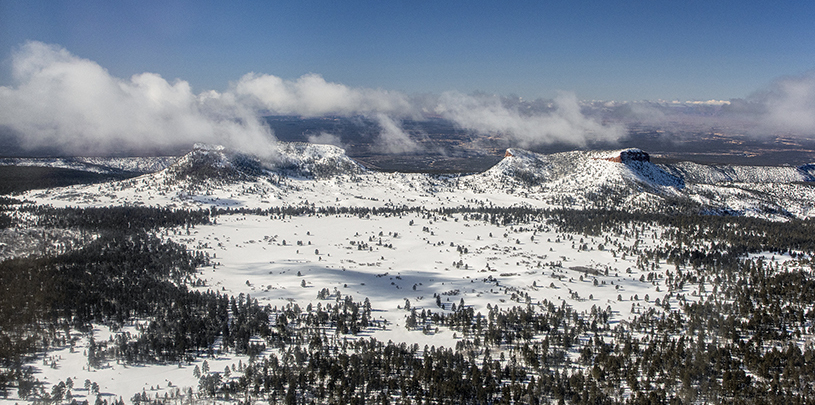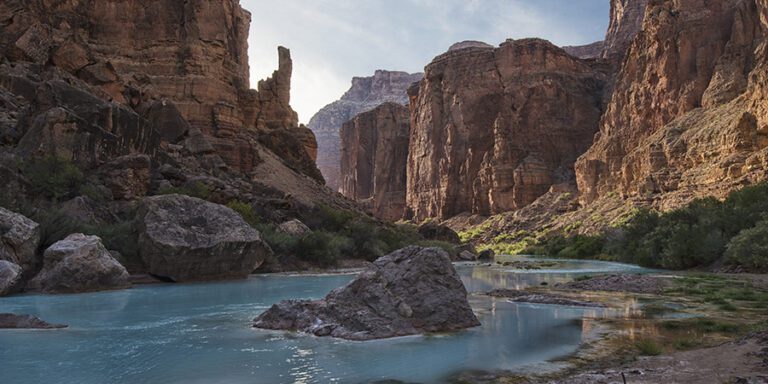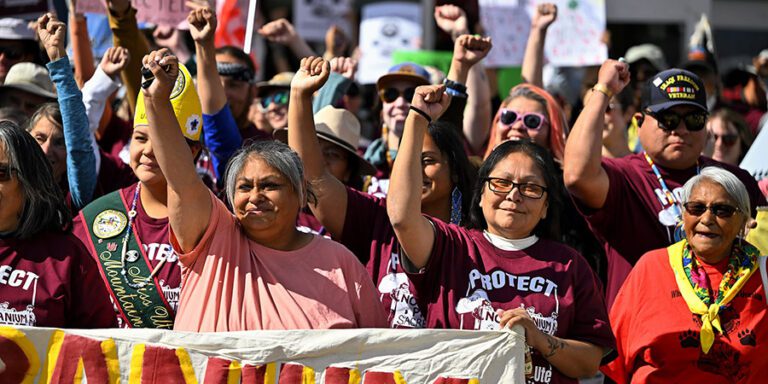
Radioactive waste remains partially uncovered in enormous waste pits at the White Mesa Mill, on the doorstep of Bears Ears National Monument
The snow piled up around Utah’s Bears Ears National Monument this winter. With near record rain and snowfall, we got a quick break in the weather on March 31, 2023, long enough to fly over the Bears Ears region with our friends at EcoFlight. We were in the air to get a look at the radioactive waste pits at the White Mesa uranium mill, and to check out an important piece of private property next to Bears Ears National Monument that needs protection from development.
Checking up on radioactive waste pits near Bears Ears
Our first destination was the White Mesa Mill, on the doorstep of Bears Ears National Monument and just a handful of miles up the road from the White Mesa community of the Ute Mountain Ute Tribe. Radioactive waste from across the United States and as far away as Canada, Estonia, and Japan has been sent to the mill for processing and disposal in enormous waste pits.
Flying over the mill, we were looking for something specific: Was the 40-acre waste pit known as “Cell 4B” covered in liquid? A liquid barrier over the radioactive waste is required by law to reduce emissions of cancer-causing radon gas.
The Ute Mountain Ute Tribe has long been concerned that contamination from the mill will harm the environment and human health. After tribal staff noted, during an August 2021 flight with EcoFlight, that the waste pit known as Cell 4B appeared partially dried out, they reported it to the U.S. Environmental Protection Agency (EPA).
In December 2021, the EPA found that the mill was violating the Clean Air Act by not keeping the waste pit covered with a liquid barrier and prohibited the mill from accepting radioactive waste shipments from highly contaminated Superfund sites.
By April 2022, it appeared that the violation had gotten even worse.
The EPA later walked back its position, allowing the mill to accept Superfund waste, including waste from the Midnite Mine on the Spokane Indian Tribe’s reservation in Washington state, but not to dump the leftovers in Cell 4B.
The mill’s owner told state regulators it would take until the end of March 2023 to fill the pit. Now, almost a year later, was the problem fixed?
From our vantage point in the air, Cell 4B appeared to be nearly full of liquid, but some solid materials remained uncovered at the corner.
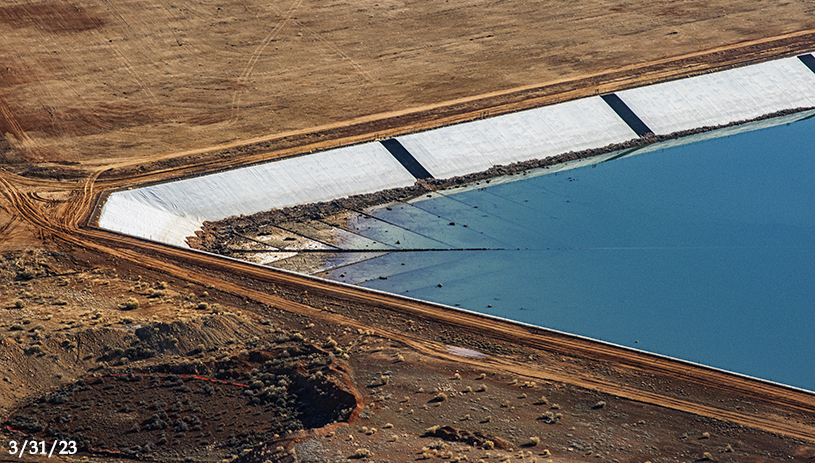
Lots of radioactive material was being stored outside the mill, though it may not be processed until uranium prices rise.
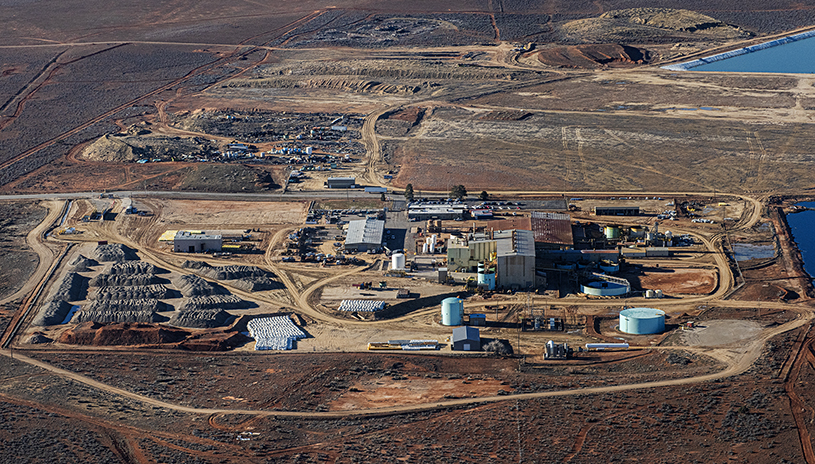
Protecting 320 acres in Cottonwood Wash
After observing the mill, we flew south to Bluff, catching a view of a 320-acre parcel nearly surrounded by Bears Ears National Monument that’s currently in private hands, but could become a Wildlands Conservancy preserve if funds can be raised to secure its purchase.
The preserve would protect the entrance to a culturally important canyon while offering a place for education, ceremonial use by Indigenous people, and pilot restoration projects that could then be replicated elsewhere on the monument. If the land isn’t purchased by the Wildlands Conservancy, it could be developed, and the public would lose access to it forever.
The effort has the support of the Bears Ears Inter-Tribal Coalition and Bears Ears Partnership (formerly Friends of Cedar Mesa), and we hope you might consider a donation to help make this project a reality.
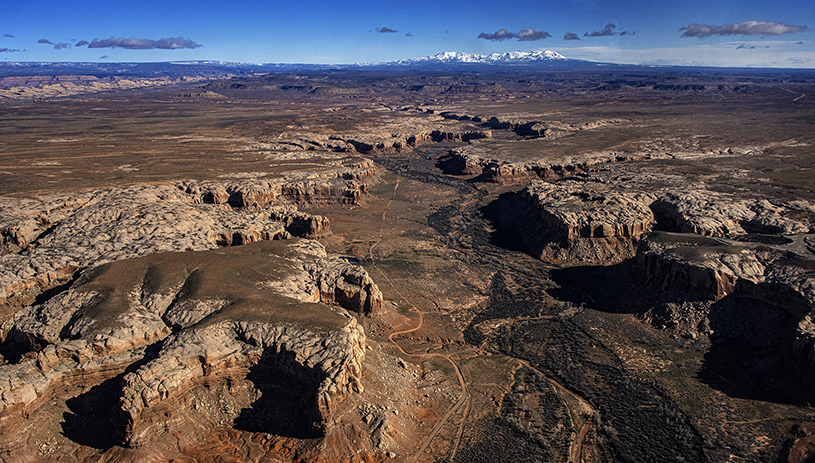
After that, we flew a long loop around Bears Ears, taking in the historic snowfall that has blessed the landscape this year. It was spectacular. Humans can’t fly, but with a small aircraft, the bird’s-eye view is within reach.
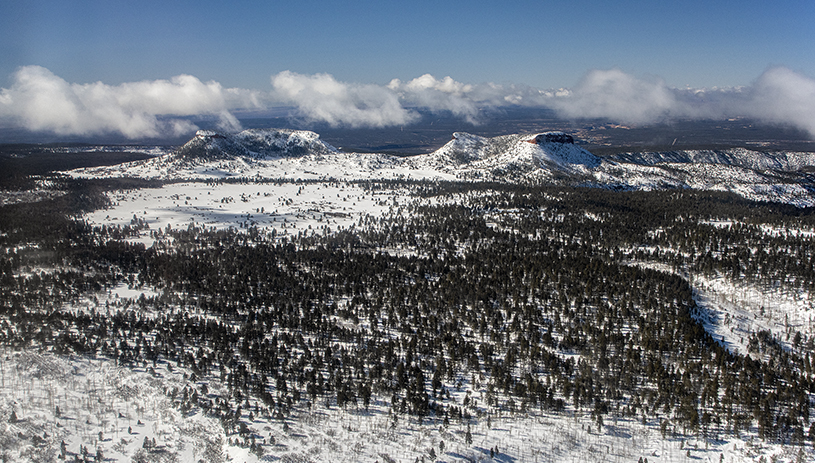
In the air with us was Aldean Ketchum, a Ute Mountain Ute tribal member from the White Mesa Ute community. The day before, as I’d browsed a gift shop in Bluff, I’d come across “Aldean and the Hawk,” a book he wrote and illustrated.
Based in part on his experience raising a hawk, in the book Aldean finds a fledgling hawk with a broken wing, nurses it back to health, and teaches it to hunt. He sets it free, but the hawk returns to visit Aldean and thanks him in bird language. Later, the hawk circles above Aldean as he hikes in the wilderness. Like Aldean’s hawk, tribal leaders and community members, with help from EcoFlight, are watching over the land from above.

